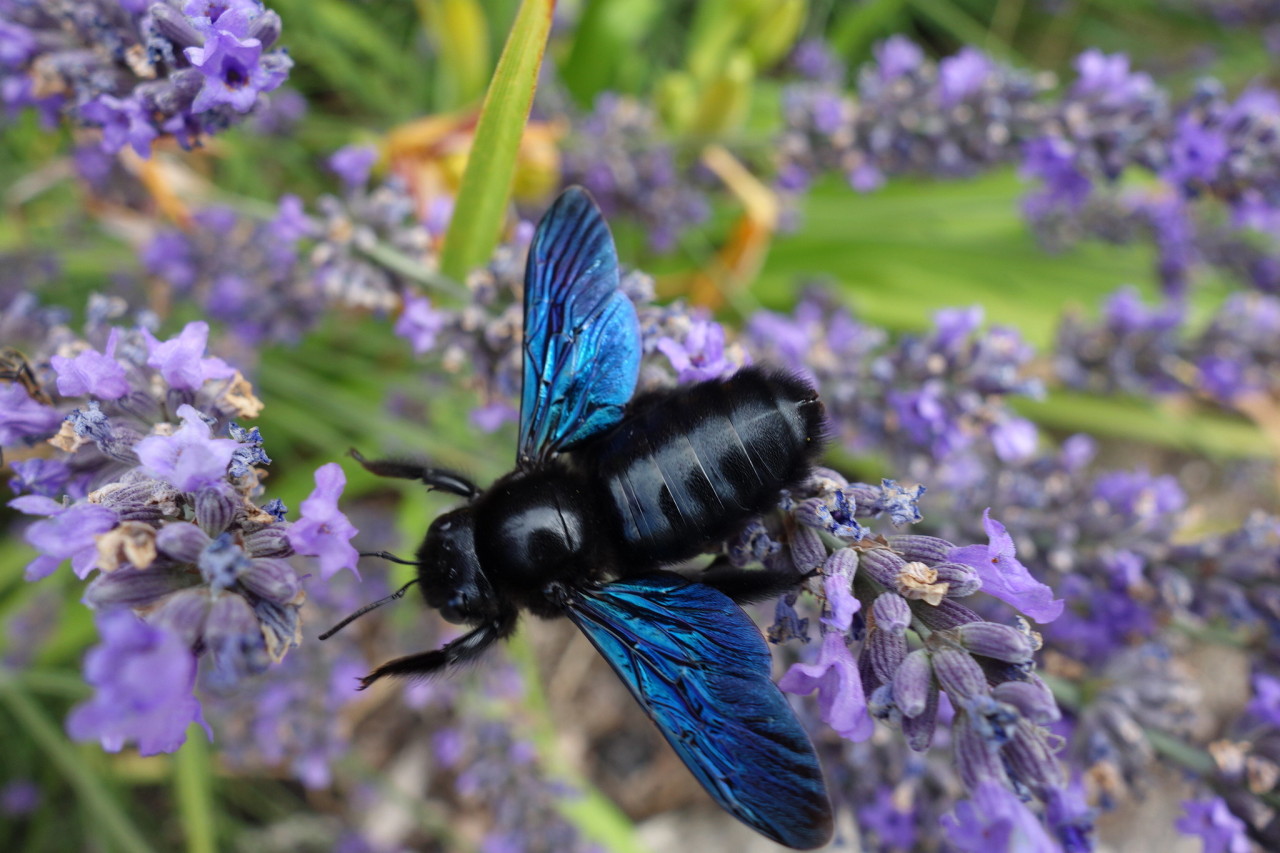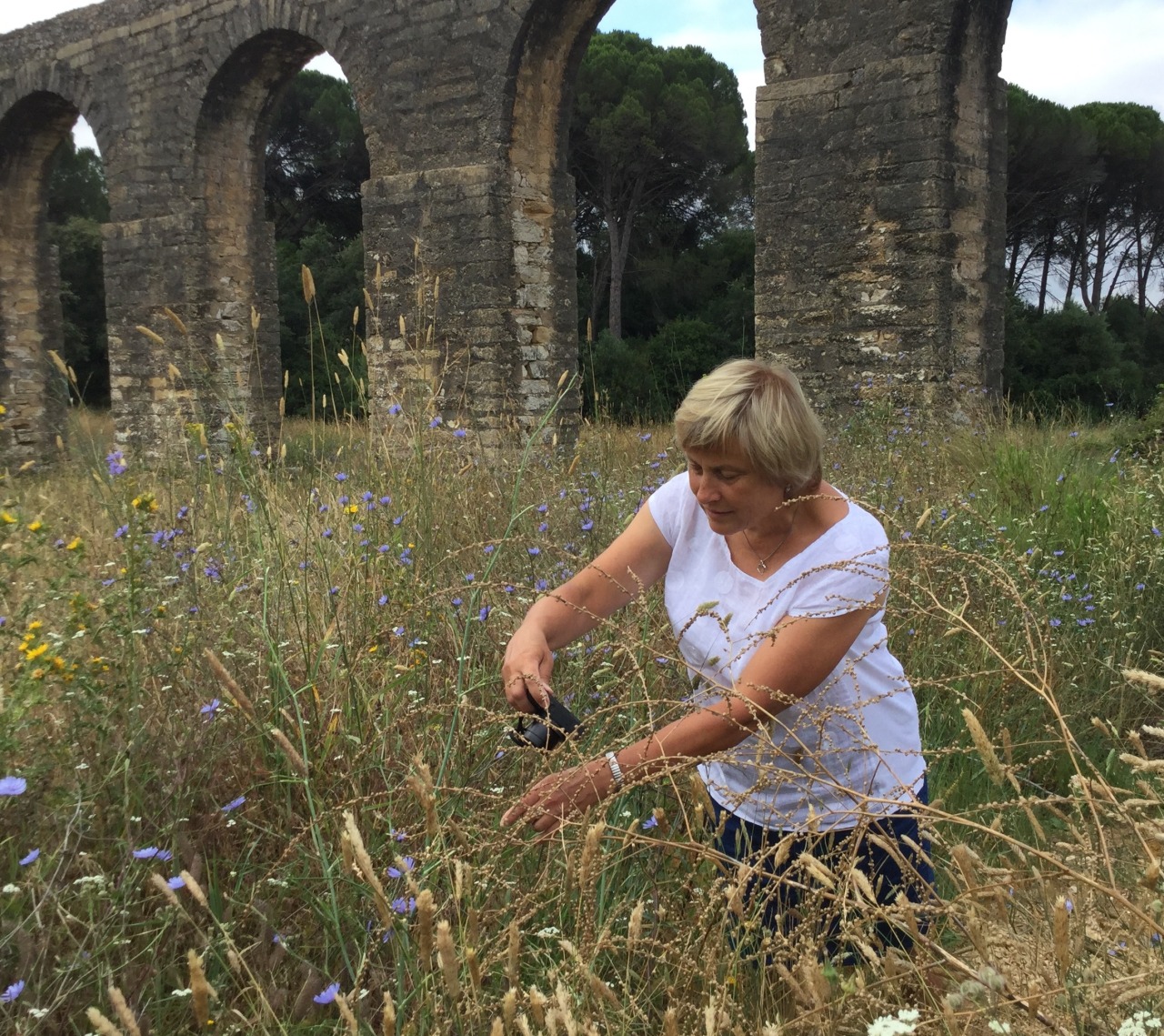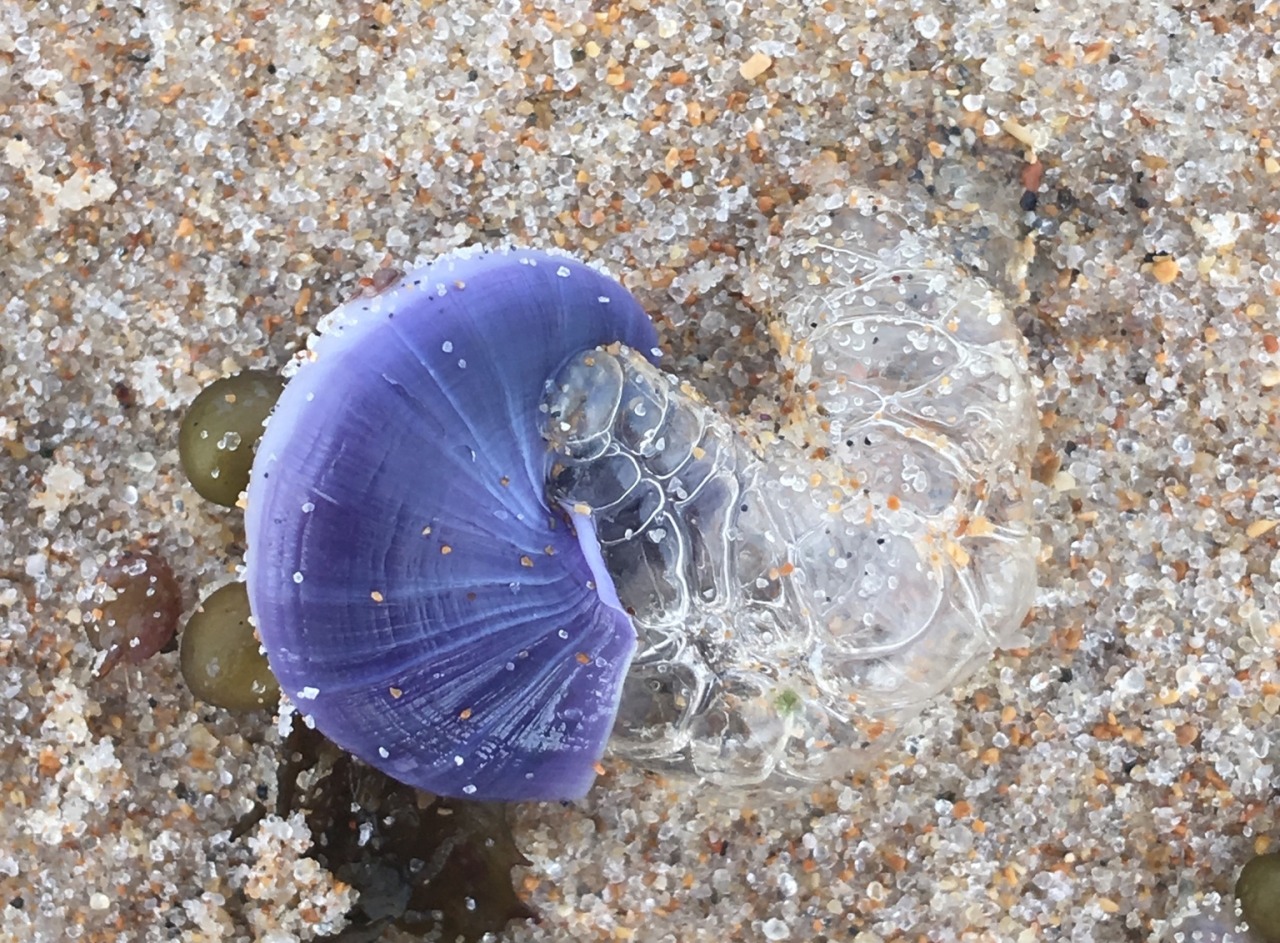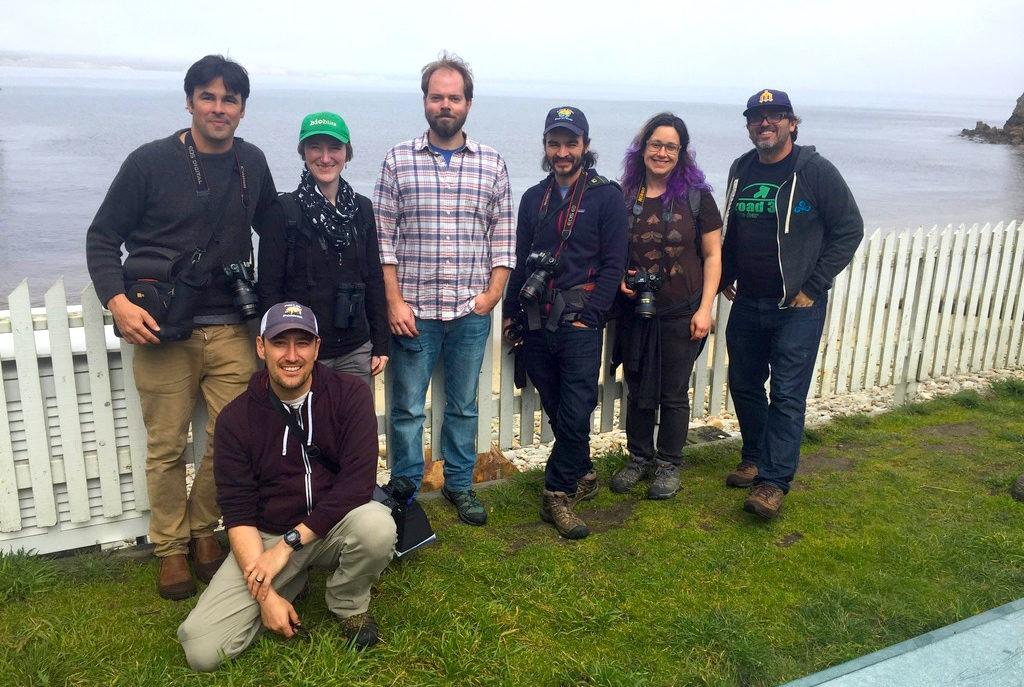
This Violet Carpenter Bee, seen in the Czech Republic by @boromir, is our Observation of the Week!
“I think I have always liked taking photos of wildlife when on holiday, but the photos just ended up on the computer disk not - shared with anyone and soon forgotten by me too,” says Miroslava Borovcová - Mirka for short - a secondary school English teacher in the small town of Vysoke Mýto in the east of Bohemia, the Czech Republic.
That changed, however, in 2016 when she started working on Plugging into Nature with New Technologies, an Erasmus+ and eTwinning project. “The idea of the project,” she says, “is ‘let’s accept that the teens can’t imagine their lives without new technologies so why don’t we encourage them to go outdoors with their smartphones and cameras, observe and capture the wildlife and determine the observations using mobile applications.’” She found iNaturalist through this program and decided to try it out with her classes.
As I wanted to set an example to my students, I became an iNaturalist [user] myself and started taking photos of wildlife whenever I went outdoors. Originally a duty became a pleasure and passion and I found myself going outdoors more often than ever before. It is amazing to watch how many different species live close to us and determining them using iNaturalist is quite easy even for me, a complete amateur. I started noticing and admiring all possible tiny flowers that I just did not see before.
In 2017, Mirka planted some levanda (lavender) plants by her house and has been amazed by the number of insects they attract.
I like observing them, I love the noise they make and of course I love the levanda smell probably as much as they do. When I saw the violet carpenter bee, I was absolutely fascinated. I took lots of photos of it - since it was moving all the time and I have just a common automatic digital camera, I was not very optimistic about the results. Later that day, when I had downloaded the snaps on the computer, I was looking at one photo after another and deleting them as not satisfactory ones, when finally the good one was on the screen - pretty good one in fact. I was overjoyed and uploaded it immediately on iNaturalist. When I checked iNaturalist in the evening and found out it was chosen as the observation of the day, I was surprised and really happy.
Ranging through continental Europe and Asia, the Violet Carpenter Bee gets its name from the purple sheen of its wings and is a large insect that averages about 22mm in length. Like nearly all other Carpenter Bees, pregnant females chew tunnels into dead wood where they create cells for their young. In each cell is an egg as well as a pollen ball - a protein-rich feast for the larva which emerges. Once it’s eaten its fill, the larva will go through complete metamorphosis. Despite their intimidating size, these bees are not aggressive.

Mirka (above, in Portugal, where she is enjoying a holiday) explains “I just love iNaturalist as a great way of sharing. It is great to be a part of the giant team and the interactions are fantastic - sometimes even before uploading the last of the day' s catches, there are the first determinations and responses from the other inaturalists.” She and her students have contributed several hundred observations to iNaturalist and you can see their projects here. Although it’s summer break now, Mirka says “I believe that in September when we are all back at school and when they learn about the violet carpenter bee from me, they will become more enthusiastic about iNaturalist and more involved.”
- by Tony Iwane. Some of Mirka’s quotes have been lightly edited for clarity.
- Watch a Violet Carpenter Bee get at some wood!
- Mirka and her students are monitoring the biodiversity of a bike path in their town!
- Some Carpenter Bees, as well as other nectar eaters, engage in a practice known as nectar robbing - avoiding the reproductive parts of the flower to get straight at the nectar!
- Violet Carpenter Bees are slowly expanding northward and started to show up in the British Isles just over a decade ago.
- Check out a previous bee-related Observation of the Week from @exonie last March, which includes a side-view of a Mason Bee’s nest - similar to that of a Carpenter Bee.















